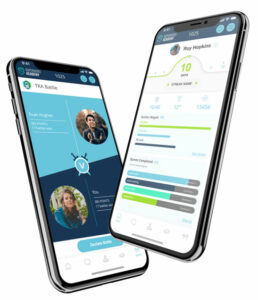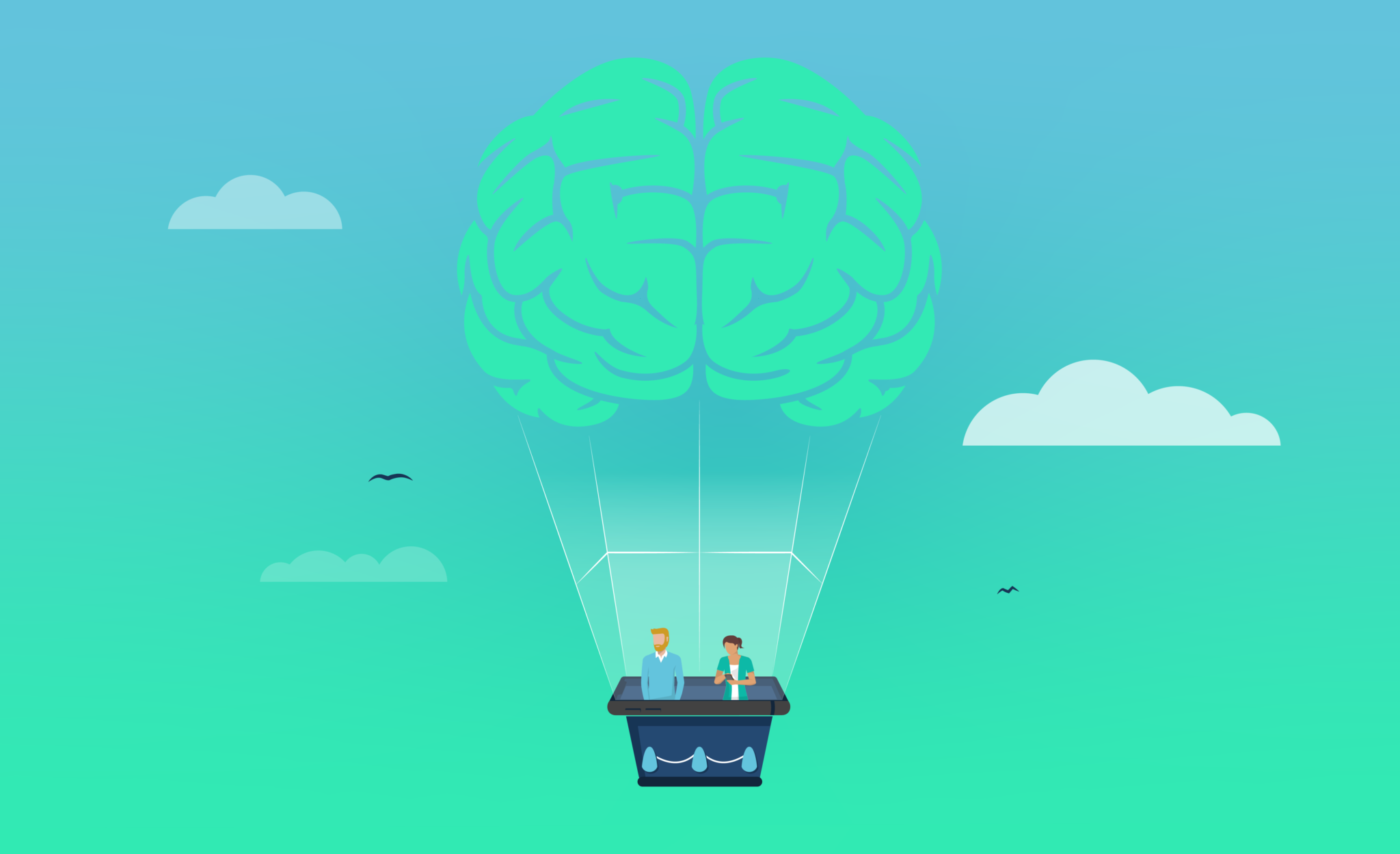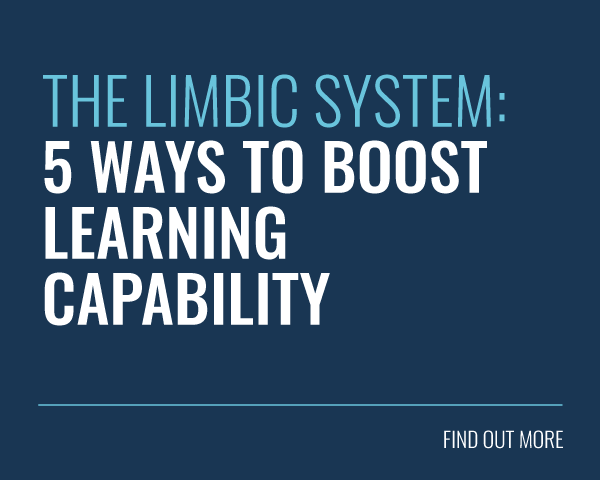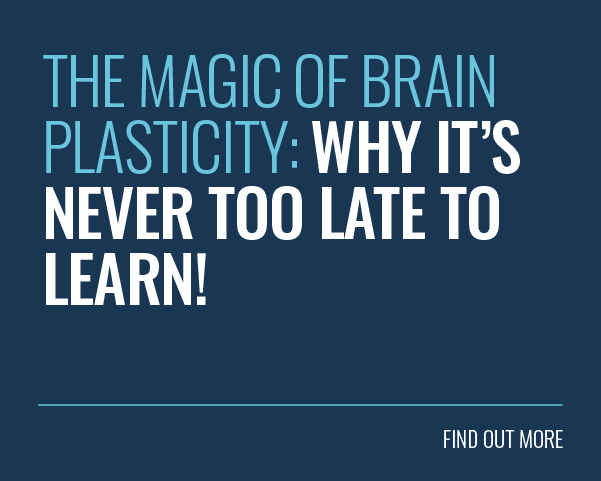
A lot of people vow to form new habits (or break old ones) on the 1st of January as a New Year’s Resolution.
But as it takes 66 days to form a habit, it can only be considered an official change on March the 7th!
Therein lies the problem; 66 days is a long time for your learners!
So that we don’t give up on day two, we need to ensure the behaviour change process is interesting, engaging, and rewarding.
Why Do We Form Habits?
You carry out hundreds of tasks every day without having to think. Take your morning routine for example. From showering to brushing your teeth, to putting clothes on and making breakfast; these are all things we do without much (if any) instructional thinking.
In fact, 45% of our daily habits are automatic. This means that nearly one out of every two daily habits we have, we do without even thinking. When you consider that many habit formations started at childhood, this is easier to consider.
We have habits for good reason, as it means we can conserve our energy for the more surprising tasks that can spring up throughout the day (such as catching up on all that reality TV!)
Applying less energy is how our brains like it. Put simply, they’re lazy!
What is Habit Formation?
To understand how habits are formed, the first thing to look at is neural pathways. A neural pathway is a series of neurons that are linked together in order to send a signal (or instruction) from one part of the brain to another.
This process of linking up neurons is also known as chunking.
Whenever we learn something new, a new neural pathway is created. Research shows that your brain is said to have over a hundred trillion neural connections, accounting for all the things you’ve ever learned!
Every time you use the new information, more neurons are added to the neural connection chain. This makes the neural pathway stronger, thus easier to access.
This is the reason why the first piano lesson is difficult, but within 6 months, you’re reciting Chopin like nobody’s business!
The Learning Journey In Stages:
-
- New information is taught
- Neurons link to form a neural pathway
- Sensory information is transmitted by synapses
- This is stored in the short-term memory
- Revision/practice leads to it being transferred to the long-term memory
The 3 Step Loop of Habit Formation
The Habit Loop is a habit formation model that applies to any habit. It was created by New York Times reporter Charles Duhigg and lecturer and author Nir Eyal. It’s essential knowledge if we’re to understand the nitty-gritty of what a habit is. Here are the three steps of habit formation:
1. Cue
Every habit starts with a cue. The cue is anything that triggers the habit. For example, if you’ve set a habit to get up half an hour earlier every morning, your alarm clock would be the cue. Maybe somebody in your household makes a beautiful smelling cappuccino? That aroma which is making you so jealous is your cue to make yourself a cappuccino.
2. Routine
The routine is the actual behaviour you wish to change or enforce. It’s the doing part of the habit. It’s actually getting up half an hour earlier every morning. (Hitting the snooze button does NOT count).
3. Reward
The reward doesn’t have to be a tangible compensation for completing your routine. In this instance, it’s drinking that really nice coffee with the extra time you’ve got in the morning, or the relaxed feeling you get post-meditation.
How Growth Engineering Learning App Can Aid Habit Formation

When forming new learning habits, Growth Engineering Learning App is the perfect tool to help you apply the Habit Formation Model. Here’s how:
1. Cues
Growth Engineering Learning App is packed full of cues to help you begin your habitual journey. A cue could come in the form of a push notification, for example. The alerts can be sent directly to your learners mobiles, working just like a social media push notification.
Cues can also come in the form of learning campaigns. Learning campaigns transform bulky learning models into smaller chunks, this is what we call microlearning.
Drum up some excitement around your learning campaign by setting up a cue informing your learners of their up and coming module.
Social features on Growth Engineering Learning App such as Clubs, Experts and Chat mean that you can build whole social learning communities that are designed to encourage learning habits. This can be achieved by other learners sending out cues. Have you started a new unit? Encourage your teammates to do so too by informing them on the social feed!
Having access to a wealth of intellectual capital means that learners don’t have to face training alone. Instead of running away from forming learning habits, teammates will now be encouraged to build them.
2. Routine
Growth Engineering Learning App has many ways in which the content can be consumed. This could be via whitepapers, infographics, learning videos, audio files, tip sheets, presentations, case studies and much more.
As an admin, you can push content to be completed in your learners’ ‘My Things to Do’ sections. A great way to get a routine going!
Separately, Battles help reinforce training but in a fun, competitive manner. As an admin, it’s your job to curate a collection of multiple-choice questions around your content. Your learners then battle it out to see who comes out as the overall winner! You can then run a report using our vast reporting suite to filter out any knowledge gaps.
3. Reward

Gamification is the process of applying game mechanics to non-gaming environments. Learners can earn virtual badges for anything, from the number of times they’ve logged into the site, to how many learning videos they’ve watched.
They can also earn XP (experience points) which will all be added to another game mechanic; a leaderboard. This is where it gets competitive!
These rewards will all help towards strengthening learning habits as learners will want to collect and compete as much as possible.
Final Words
There’s more science behind habit formation than people think. From neurons, chunking to form neural pathways, to the info being stored in the long-term memory. Luckily, gamification, learning campaigns and social learning make the ride a heck of a lot easier.
A habit is at the root of every behaviour change. You can’t have one without the other. There’s a ton of neuroscience behind behaviour change too.
Want to know more? Download our free guide: The Science of Behaviour Change.
Unlimited Learner Engagement on
The Impact Suite









